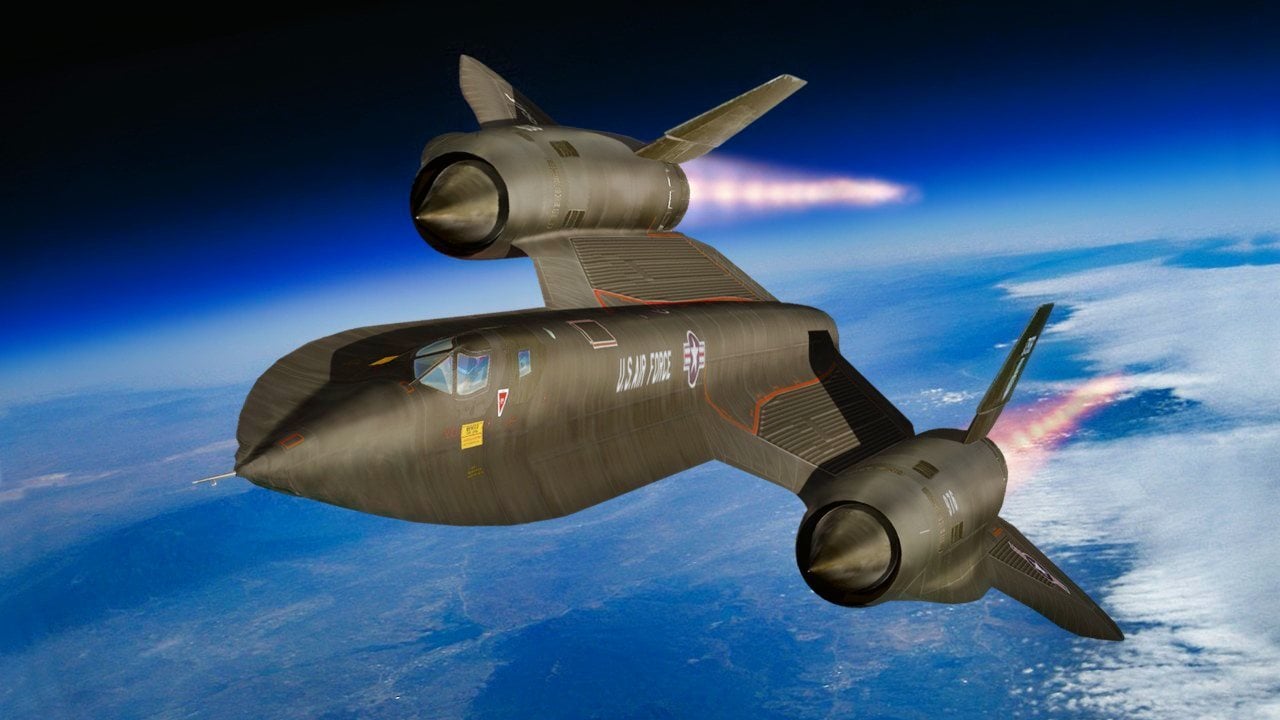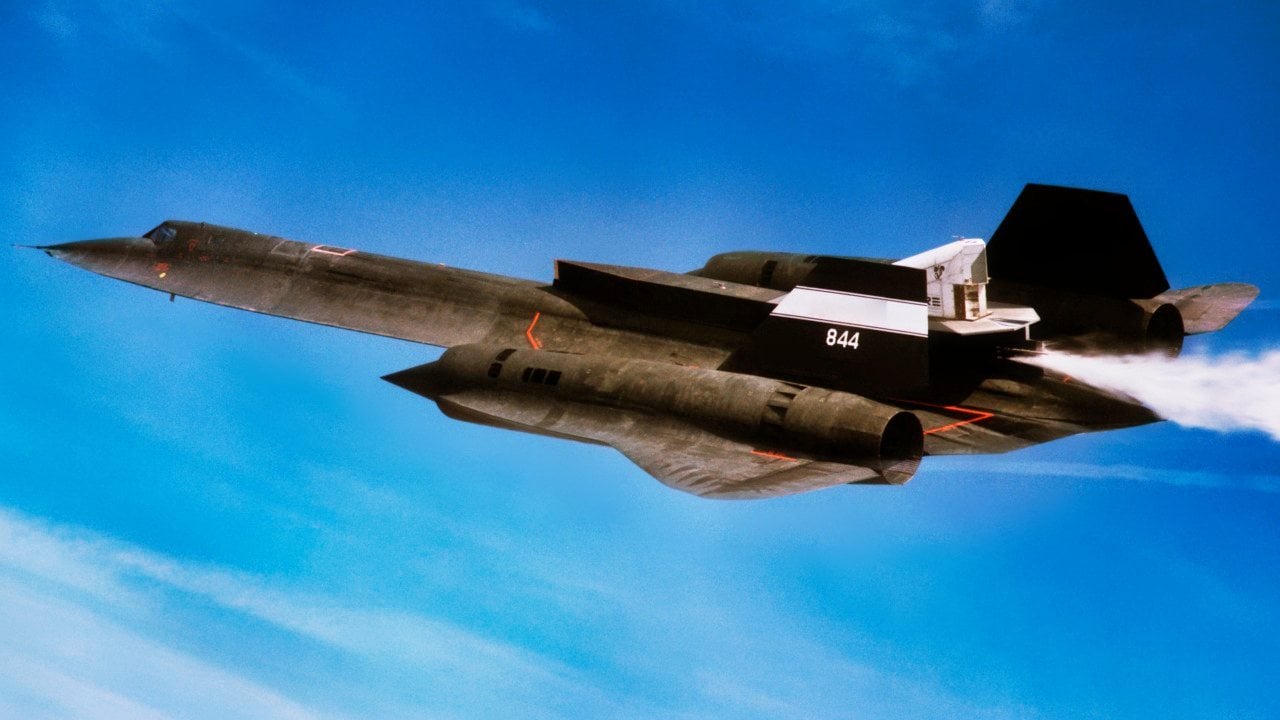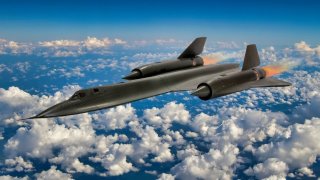SR-71 vs. Quarterhorse: The 'Blackbird' Might Not Be the Fastest Plane on Earth Soon
Fanboys of the Lockheed SR-71 "Blackbird" are very quick to note that even after more than four decades the high-speed reconnaissance aircraft maintains a number of high-speed records. But if the developers at Hermeus have their say, those records will be broken by the Quarterhorse.
Move Over SR-71 Blackbird – The Hermeus Quarterhorse is Gunning For Your Speed Record - Fanboys of the Lockheed SR-71 "Blackbird" are very quick to note that even after more than four decades the high-speed reconnaissance aircraft maintains a number of high-speed records. But if the developers at Hermeus have their say, those records will be broken by the Quarterhorse.
The United States Air Force is now working with the Atlanta-based company to develop what has been touted as the "world's fastest aircraft." Yet, where aircraft such as the Lockheed SR-71 Blackbird required years of development, and relied on space-age materials including titanium that were difficult to source, the new hypersonic Quarterhorse will be quite different.
Much like its namesake, the American quarter horse, this aircraft is meant to excel in sprinting short distances – to validate Hermeus' Chimera engine in-flight, and to break those records held by the SR-71.
More importantly, the aircraft's engine is still very high-tech and truly space age. It is partially-3D printed and will be capable of repeatedly transitioning from a turbojet mode designed to launch the autonomous jet into the sky, into a high-Mach speed ramjet mode.
The Dynamic Iron Bird
Earlier this month, Hermeus announced that it had completed testing of its first fully-integrated vehicle, Quarterhorse Mk 0. The non-flying prototype acted as a "dynamic iron bird" that was employed to validate all of major aircraft subsystems in a real-world environment.
Mk 0 is also just the first of four aircraft in the Quarterhorse program, which will culminate in a vehicle capable of surpassing the all-time airspeed record held by the SR-71. According to the company, each subsequent aircraft will progressively increase in complexity allowing Hermeus to distribute program risk across multiple vehicles and accelerate learning.

Testing took place at the Arnold Engineering Development Complex (AEDC) in Tullahoma, Tennessee, and Hermeus made the deliberate decision to perform these ground test operations on an Air Force base, as it allowed the team to interface directly with Air Force range and regulatory authorities.
"This was the first time our Flight Test team had an opportunity to work in a deployed test campaign with external stakeholders," explained Don Kaderbek, Hermeus vice president of test. "The more the team works together and establishes their battle rhythm, the smoother flight testing will go."
Quarterhorse: A True Speed Demon
It isn't just the proposed speed of the eventual aircraft that remains notable. The Quarterhorse Mk 0 was designed and constructed within six months, and all test objectives were completed in just 37 days of deployed testing.
"Leveraging rapid and iterative design is how Hermeus will accelerate aircraft development on timelines that are relevant to our customers," commented Hermeus CEO and co-founder, AJ Piplica. "Test campaigns measured in days instead of months or years, represent the pace required to mature hypersonic technology and field transformative aircraft."
The first flight of the still-in-development Quarterhorse Mk 1 is scheduled for later this year.
The "Horse" Race is On
Even after the Quarterhorse makes its first flight, it won't be the end, rather just the beginning. The goal of the Quarterhorse is still just to validate the company's proprietary Chimera engine. That will then lead to the Darkhorse, a full scale hypersonic remotely piloted aircraft that is being developed for the defense and intelligence communities.

Designed to have multi-mission flexibility, it will incorporate a Pratt & Whitney F100 engine turban to act as the turbine portion of the Chimera II, the engine that will ultimately power the Darkhorse.
Author Experience and Expertise: Peter Suciu
Peter Suciu is a Michigan-based writer. He has contributed to more than four dozen magazines, newspapers, and websites with over 3,200 published pieces over a twenty-year career in journalism. He regularly writes about military hardware, firearms history, cybersecurity, politics, and international affairs. Peter is also a Contributing Writer for Forbes and Clearance Jobs. You can follow him on Twitter: @PeterSuciu. You can email the author: [email protected].


